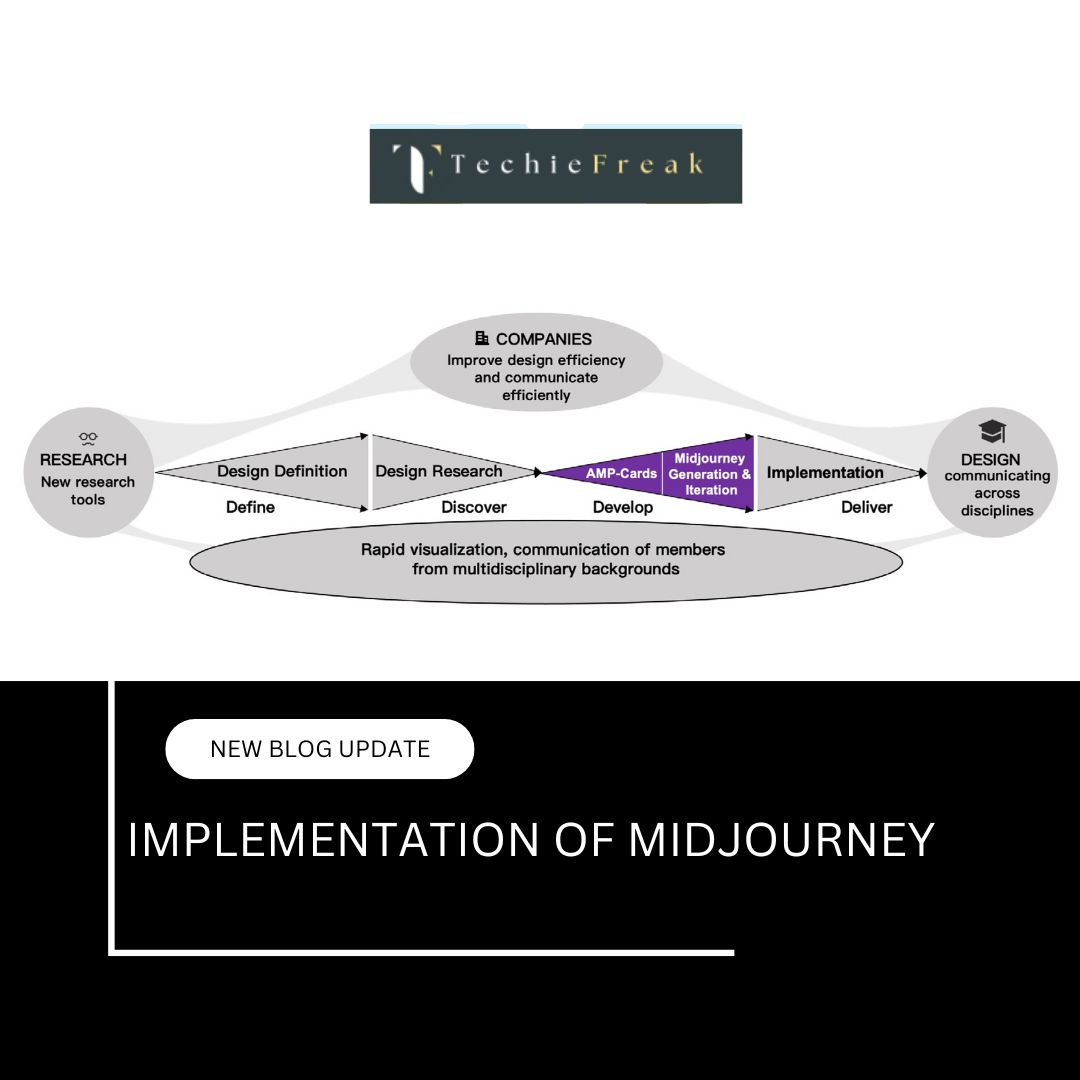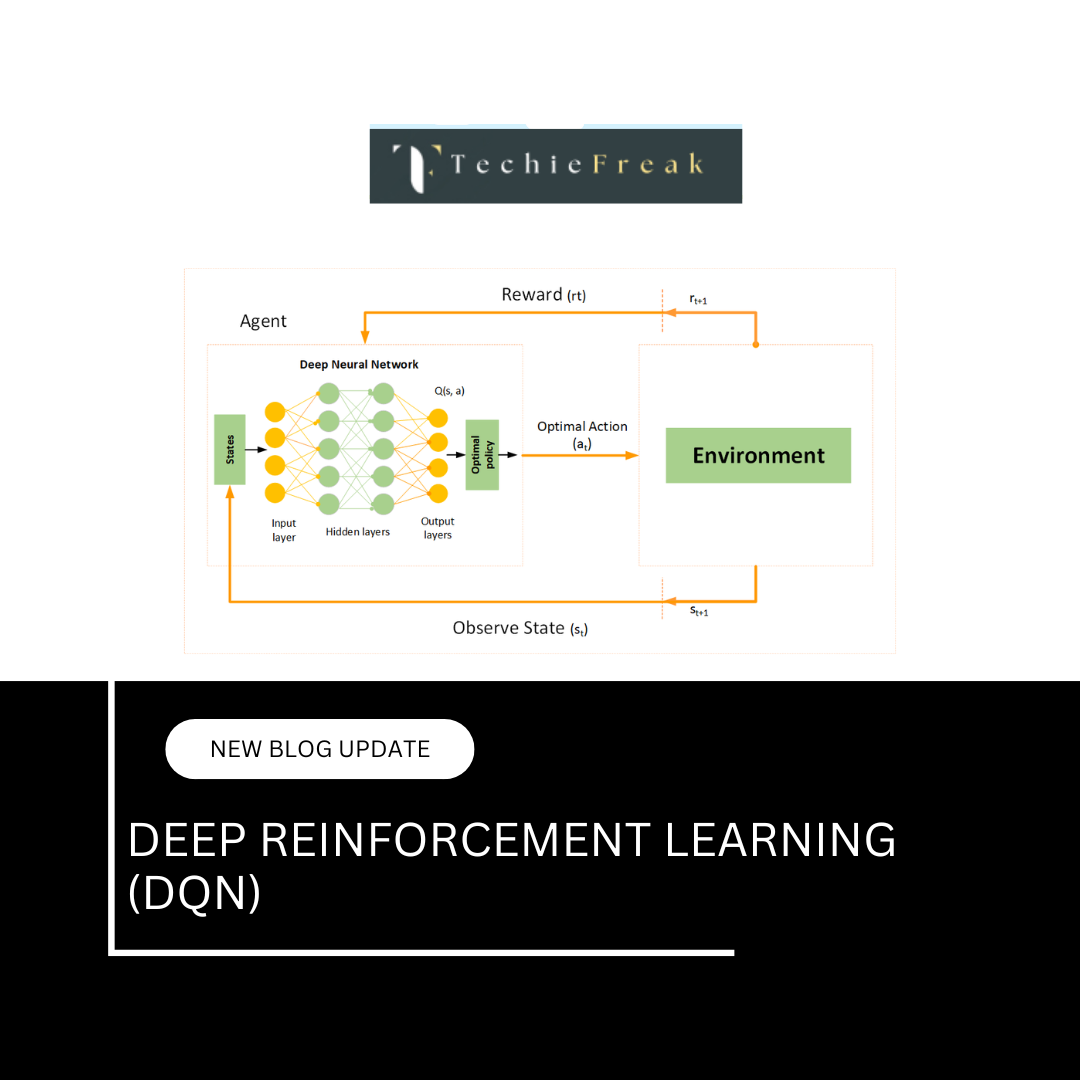Tools for Data Handling: NumPy
Introduction to NumPy
NumPy (Numerical Python) is a fundamental library for numerical computing in Python. It provides powerful tools for handling large multi-dimensional arrays and matrices, along with a vast collection of mathematical functions to operate on these data structures. NumPy serves as the backbone for various scientific computing and machine learning libraries, making it an essential tool for data scientists and AI practitioners.
Key Features of NumPy
1. N-Dimensional Arrays
The core data structure in NumPy is the ndarray (N-dimensional array), which allows users to work with large datasets efficiently. Unlike Python lists, NumPy arrays are more compact, faster, and support advanced mathematical operations.
Example of creating a NumPy array:
import numpy as np
arr = np.array([1, 2, 3, 4, 5])
print(arr)
2. Broadcasting Mechanism
Broadcasting allows NumPy to perform element-wise operations on arrays of different shapes without explicit looping. This feature optimizes performance and simplifies code.
Example:
arr1 = np.array([1, 2, 3])
arr2 = np.array([2])
result = arr1 * arr2 # Broadcasting applies multiplication to each element
print(result) # Output: [2, 4, 6]
3. Efficient Memory Usage
NumPy uses fixed-size, homogeneous data types, making it more memory-efficient than Python lists. It allows users to define specific data types to save memory.
Example:
arr = np.array([1, 2, 3], dtype=np.int8) # Uses only 1 byte per integer
print(arr.dtype) # Output: int8
4. Advanced Mathematical Functions
NumPy provides a comprehensive collection of mathematical operations, including trigonometric functions, logarithms, exponentiation, and more.
Example:
arr = np.array([1, 4, 9, 16])
print(np.sqrt(arr)) # Output: [1. 2. 3. 4.]
5. Linear Algebra and Matrix Operations
NumPy includes robust support for linear algebra operations, such as matrix multiplication, determinant calculation, and eigenvalues computation.
Example:
A = np.array([[1, 2], [3, 4]])
B = np.array([[5, 6], [7, 8]])
result = np.dot(A, B) # Matrix multiplication
print(result)
6. Random Number Generation
NumPy includes a built-in random module to generate random numbers, which is widely used in simulations and machine learning applications.
Example:
random_array = np.random.rand(3, 3) # Creates a 3x3 array of random values
print(random_array)
How to Use NumPy
1. Installing NumPy
To install NumPy, use the following command:
pip install numpy
2. Creating NumPy Arrays
NumPy arrays can be created from Python lists or using built-in functions.
arr = np.array([10, 20, 30, 40])
print(arr)
3. Array Indexing and Slicing
NumPy supports powerful indexing and slicing operations to access and modify data.
arr = np.array([10, 20, 30, 40, 50])
print(arr[1:4]) # Output: [20 30 40]
4. Reshaping Arrays
NumPy allows reshaping arrays without modifying the data.
arr = np.array([1, 2, 3, 4, 5, 6])
reshaped_arr = arr.reshape(2, 3)
print(reshaped_arr)
5. Concatenation and Splitting
NumPy provides functions to merge and split arrays efficiently.
arr1 = np.array([1, 2, 3])
arr2 = np.array([4, 5, 6])
concatenated = np.concatenate((arr1, arr2))
print(concatenated) # Output: [1 2 3 4 5 6]
6. Statistical Operations
NumPy simplifies statistical calculations like mean, median, and standard deviation.
arr = np.array([1, 2, 3, 4, 5])
print(np.mean(arr)) # Output: 3.0
print(np.median(arr)) # Output: 3
print(np.std(arr)) # Output: 1.414
7. Saving and Loading Data
NumPy enables users to save and load large datasets efficiently.
np.save('data.npy', arr) # Save array to file
loaded_arr = np.load('data.npy') # Load array from file
print(loaded_arr)
Conclusion
NumPy is an essential tool for data scientists, analysts, and machine learning practitioners. Its efficient handling of numerical data, optimized performance, and extensive mathematical functions make it the preferred choice for scientific computing. Whether you're dealing with large datasets, performing complex computations, or developing AI models, NumPy provides the speed and flexibility needed to process data effectively.
.png)






.jpg)














.jpg)


.png)
.png)
.png)
.png)
.png)
.png)
.png)
.png)
.png)
.png)
.png)
.png)
.png)
.png)
.png)
.png)
.png)
.png)
.png)
.png)
.png)
.png)
.png)
.png)
.png)
.png)

.png)
.png)
.png)
.png)
.png)
.png)









































